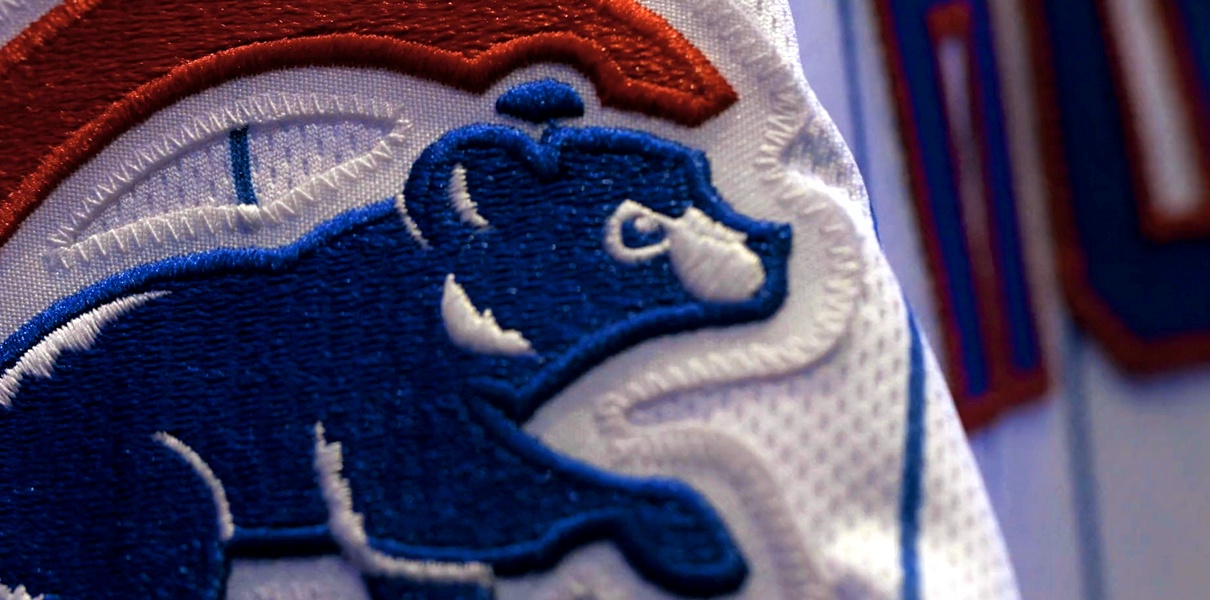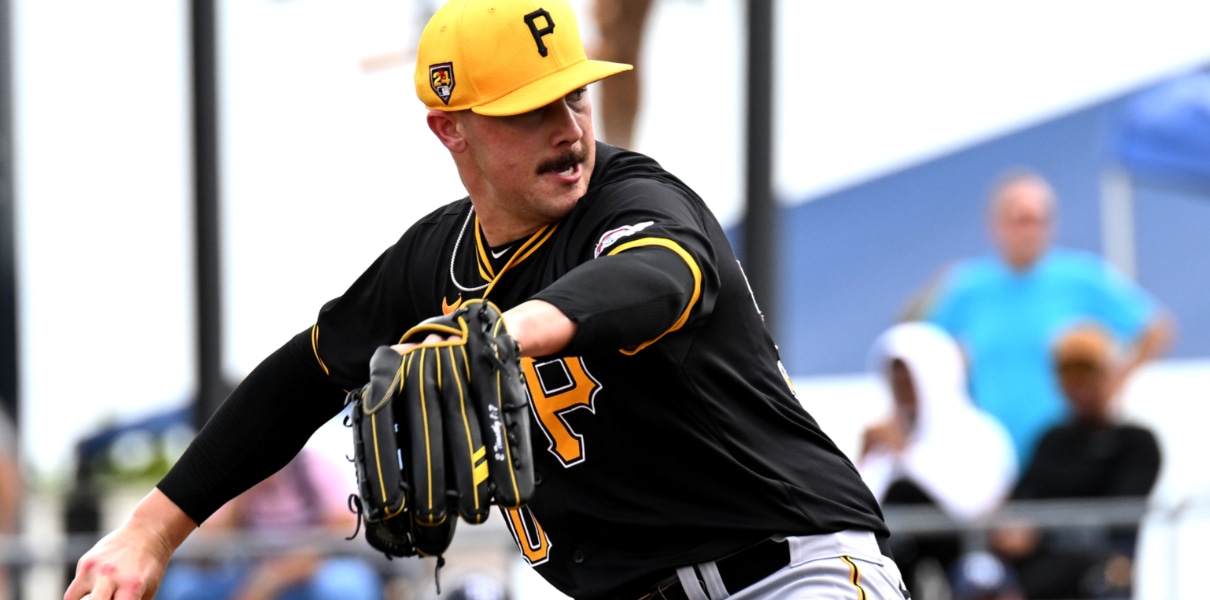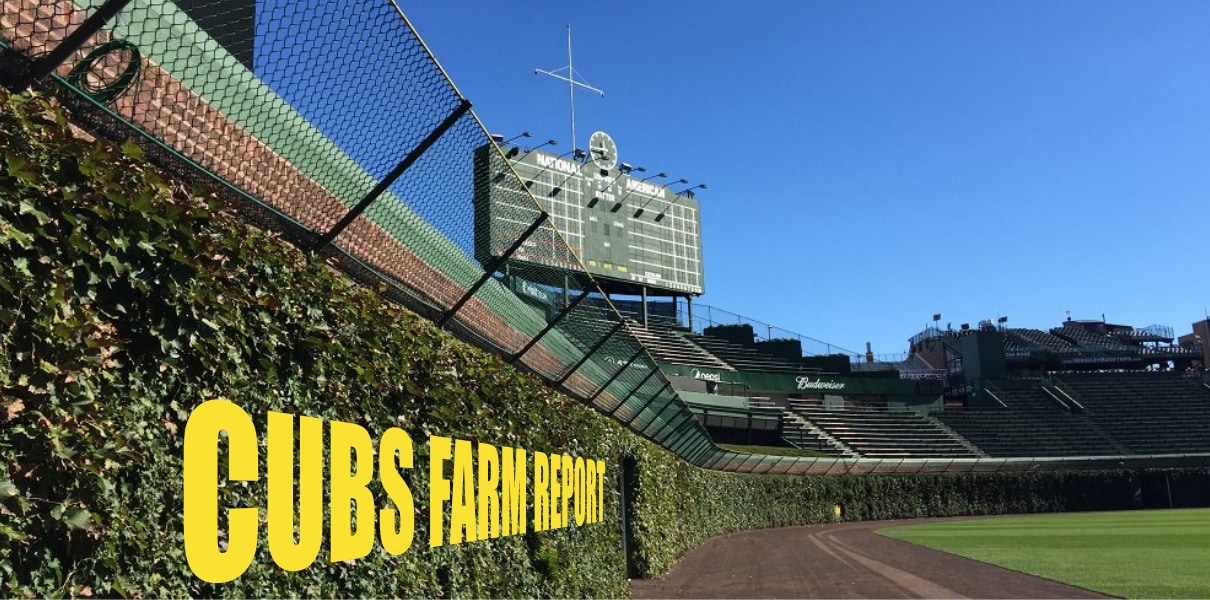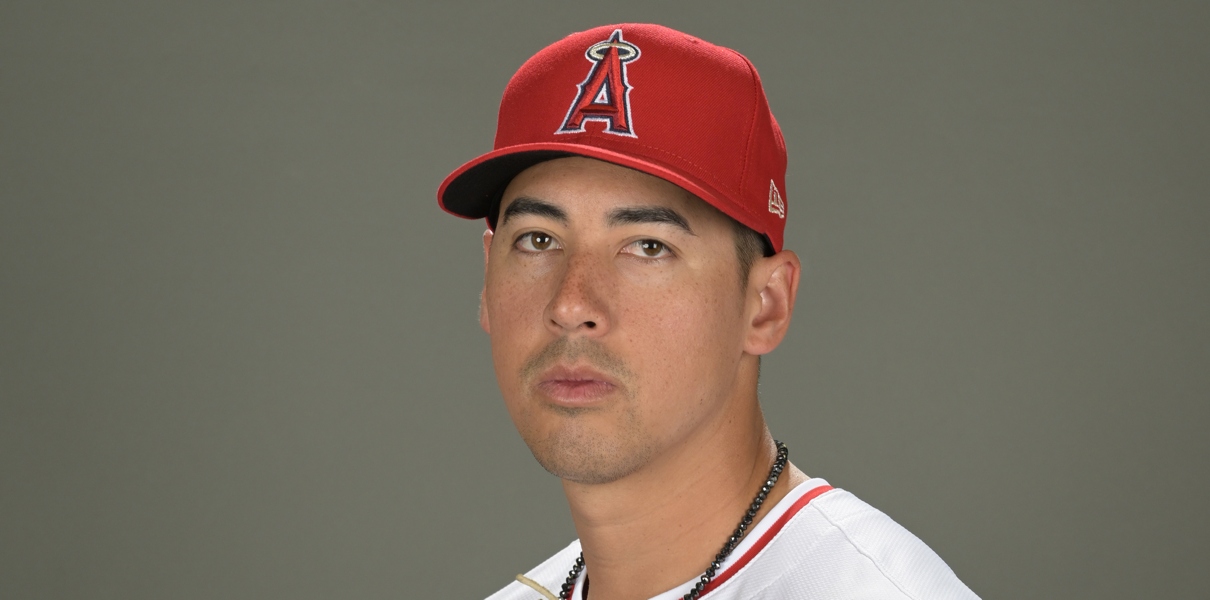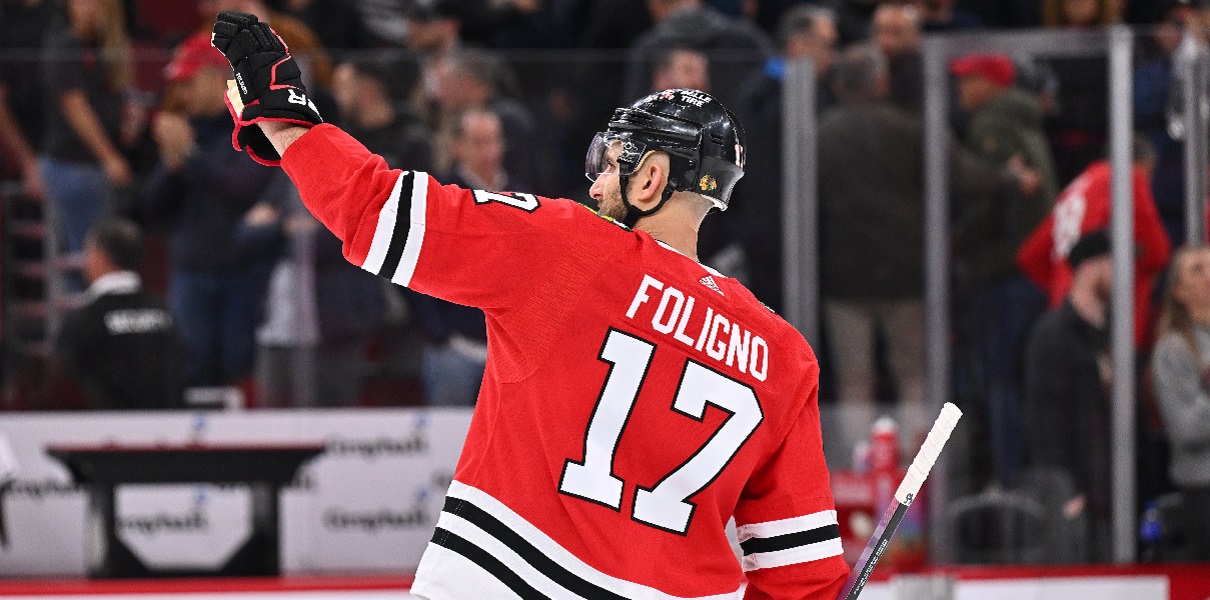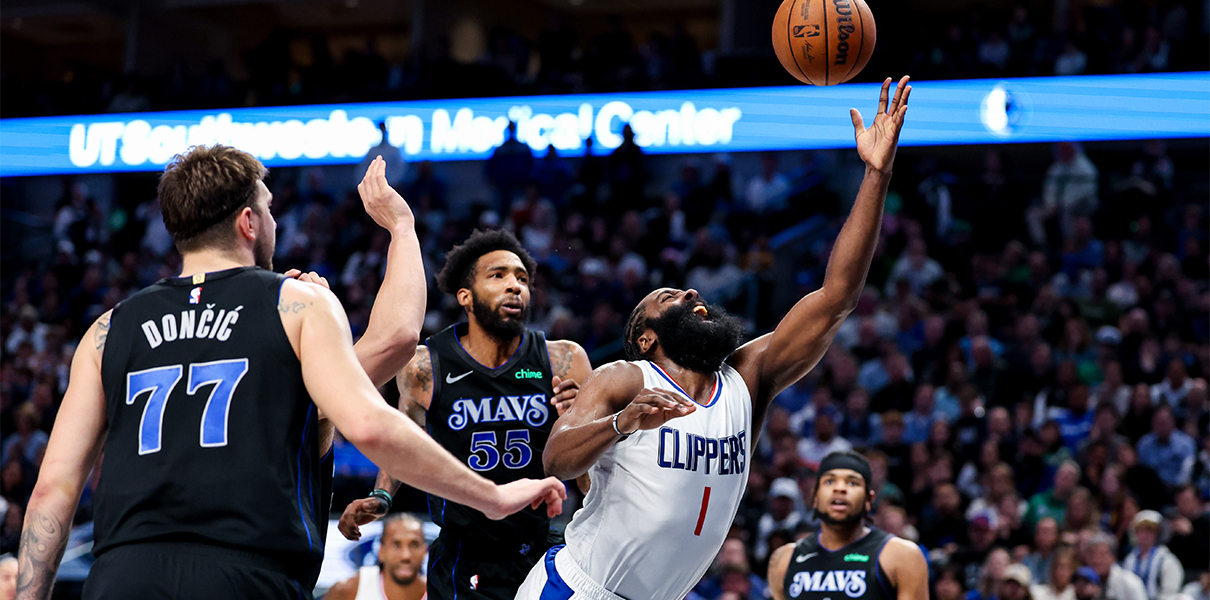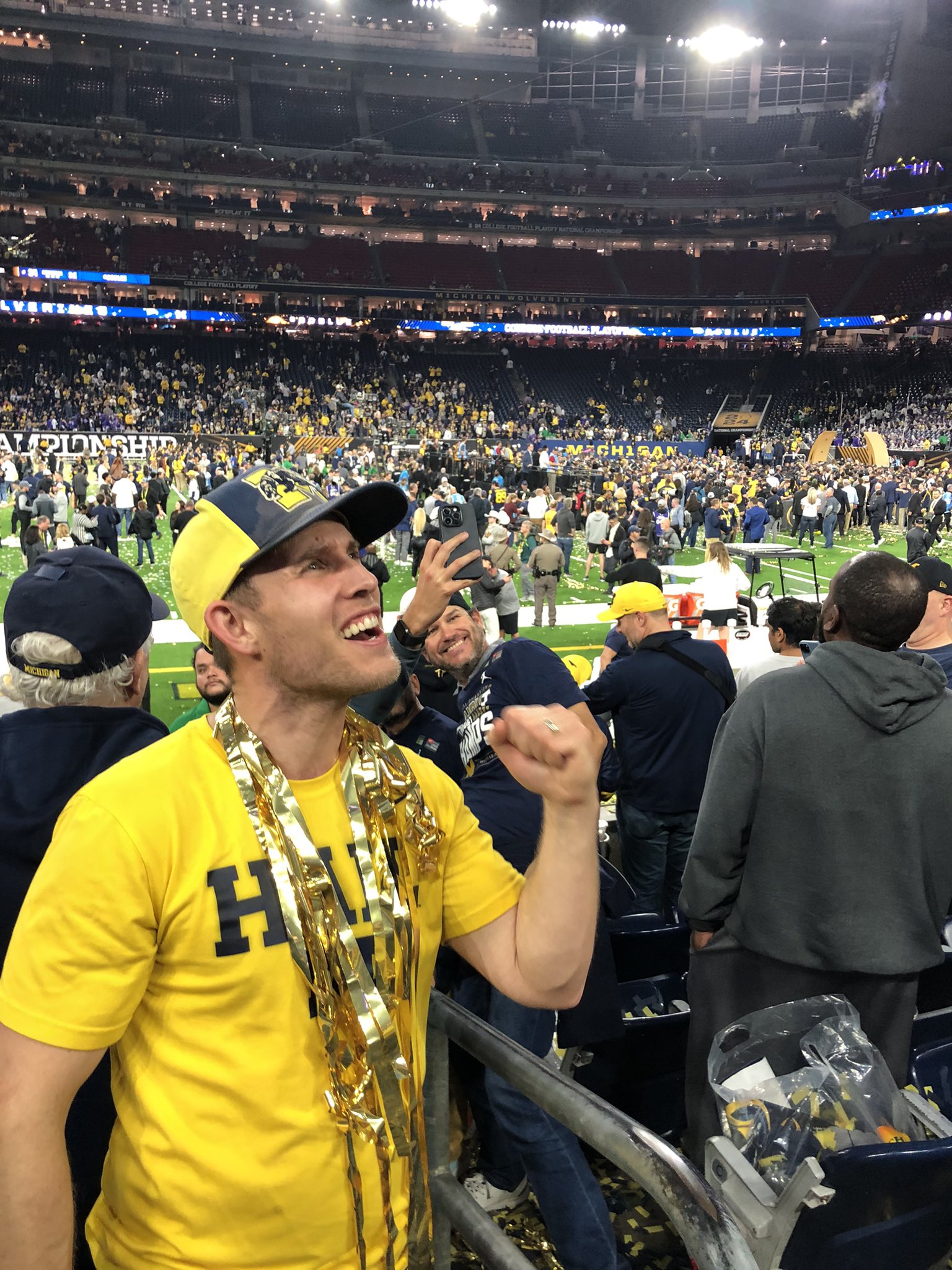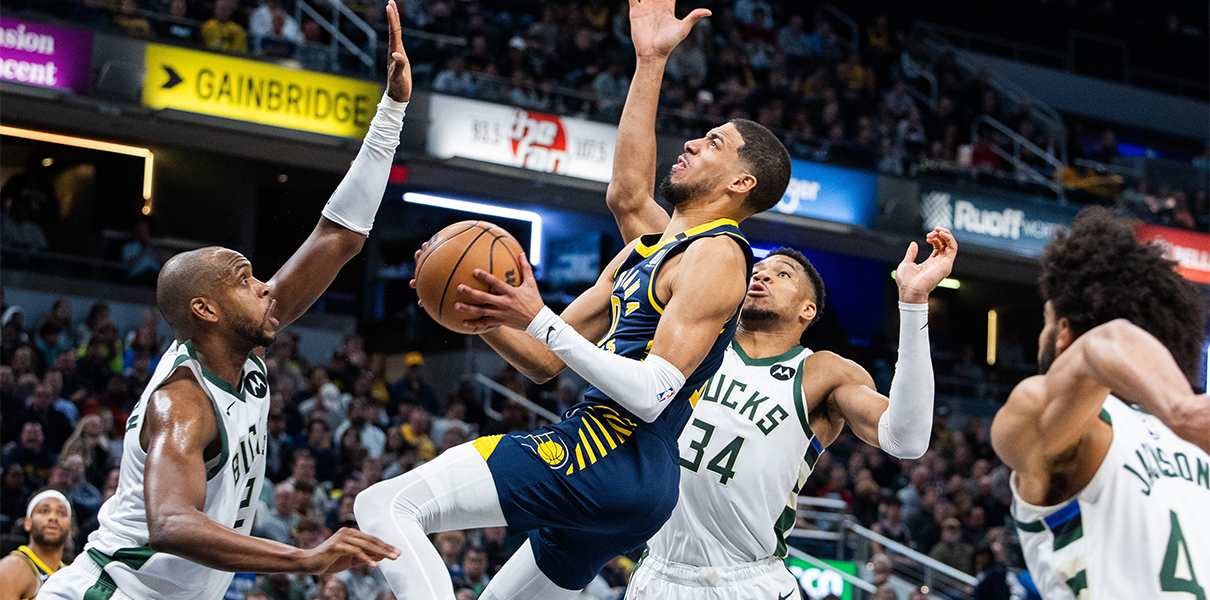Last night, the Chicago Cubs surprised the baseball world by taking Oklahoma righty Cade Horton with their first round pick, at seven overall. The talk was primarily about his late breakout as he fully recovered from Tommy John surgery, but the pick was also pretty clearly suggestive of a strategy that could involve an attempt to get a “first round” talent that slipped to their second round pick.
Thanks to the nature of bonus pools, in order to sign a player like that in the second round, you would have to have some extra bonus pool space available, which could come by way of signing a guy like Horton under slot. It’s one of the unique and sometimes vexing aspects of the MLB Draft: getting the most talent, in total, from your draft can often be the product of cleverly strategizing the relationship between your picks.
When the Cubs used their second round pick on lefty Jackson Ferris, one of the top high school arms in the draft and a guy who easily could’ve gone in the first round, it felt confirmed that their Horton pick was indeed part of a broader strategy.
And that’s what the Cubs said after the first night of the draft.
A caveat up front: After the fact, you always have to take these kinds of comments with a modest grain of salt. There’s no way to disprove it, and there’s an incentive for an organization to indicate to the selected players (and fans) that these were always the guys we wanted, we did perfectly.
That said, given who was still on the board when the Chicago Cubs selected Cade Horton with the first pick, I think this might just be pretty close to true (Marquee):
“This morning when we sat down with Jed [Hoyer] and Carter [Hawkins] and kinda mapped out what in our minds would be an ideal road map for how the draft would unfold, the first round, Cade was our prime target,” Cubs VP of scouting Dan Kantrovitz said. “Then in the 2nd round, it’s hard to have visibility so you don’t really put too much stock in it, but Jackson was the No. 1 target there as well, thinking that we’d have a little bit of money potentially to spread around. It ended up coming to fruition.”
The Cubs had the opportunity to take “chalk” top picks like Kevin Parada or Brooks Lee or Cam Collier or Zach Neto, but instead chose to go with Horton so they could later get Ferris. In other words, their actions do suggest this was the (realistic) route they always wanted to go.
The rumors were flying yesterday that the Cubs were putting out feelers on under slot options at seven, which I suspect was probably tied to them getting confirmation that Termarr Johnson was not going to make it to them. It was always unlikely, but once it was certain, then the Cubs must’ve decided Horton was their top option at seven, with someone like Ferris hopefully still there in the second. In other words, that doesn’t mean Horton was 1.1 on their board, just that he was their ideal target if things went as expected.
I do like that they used the savings on Horton to take the biggest possible swing in round two, landing themselves two “first round” talents. It’s the baseball draft equivalent of trading down, and if they weren’t enamored of the available bats (clearly they weren’t), this could be the best way to maximize the talent in the draft.
Of course, you’ve gotta be right about the picks, or none of the clever strategizing matters. Will they be proved right on these picks in time? Obviously that part will take a good long time to suss out, as both Horton and Ferris develop, but also as guys like Parada, Lee, Collier, and Neto develop.
One thing to keep in mind: The Cubs believe they now know how to really help develop impact pitching, and some of the under-the-hood data the last two years suggests they are right about that. These two pitchers are clearly guys Cubs really want to work with. Part of the draft is knowing what you COULD do with a particular player in YOUR system – you’re trying to draft the best future player, not the best current player. And that best future player might look different in different organizations.
As Kantrovitz put it: “I think when you get two arms like that — a high-ceiling, high school lefty that already has probably 3-4 pitches right now that work and somebody with an electric heater and a wipeout slider like Cade has, those are attributes that our pitching development infrastructure can’t wait to get their hands on.”
That matters as much or more than the pick, itself. The development work has to be exceptional when you’re taking high-risk, high-upside arms like this. I wouldn’t say I have 100% faith in the Cubs’ minor league pitching development infrastructure yet, but I will say I have a ton more faith than I did a few years ago.




